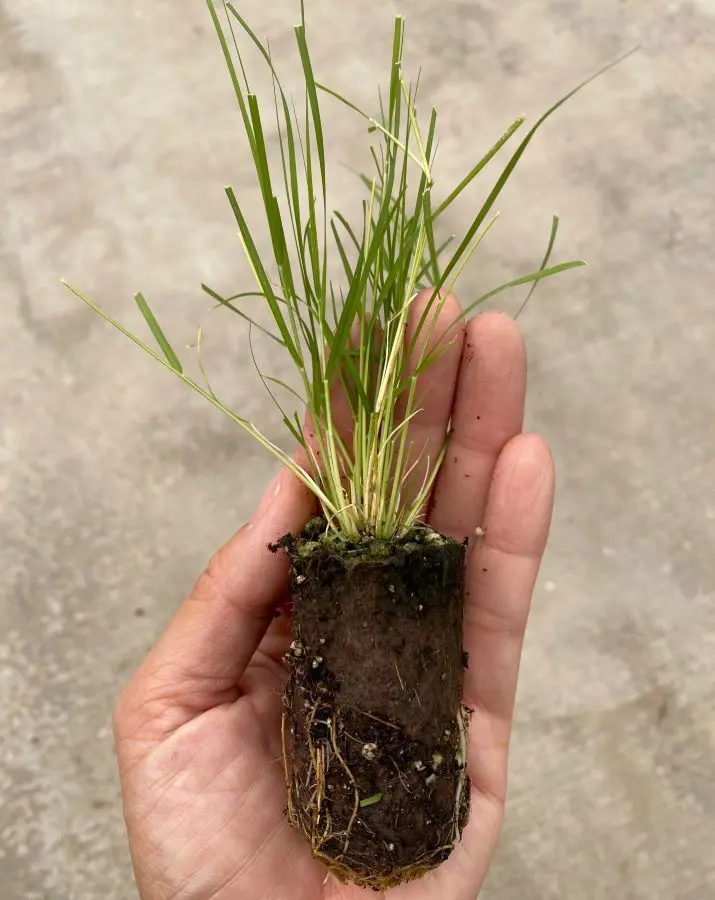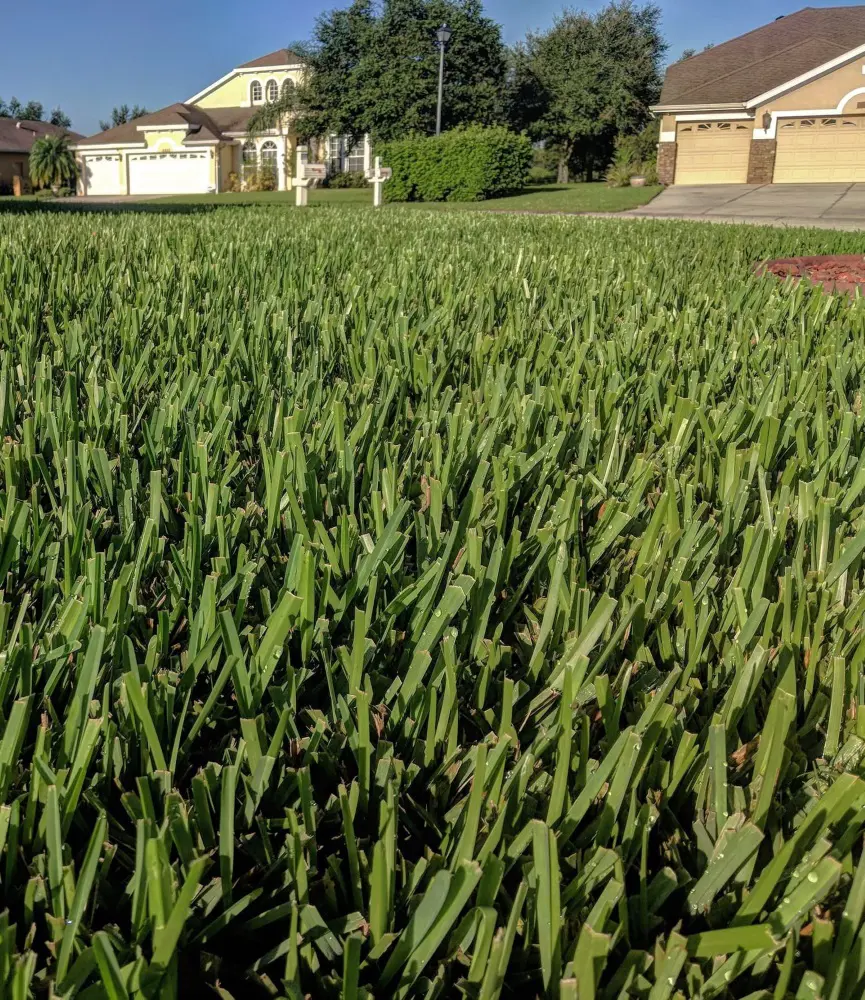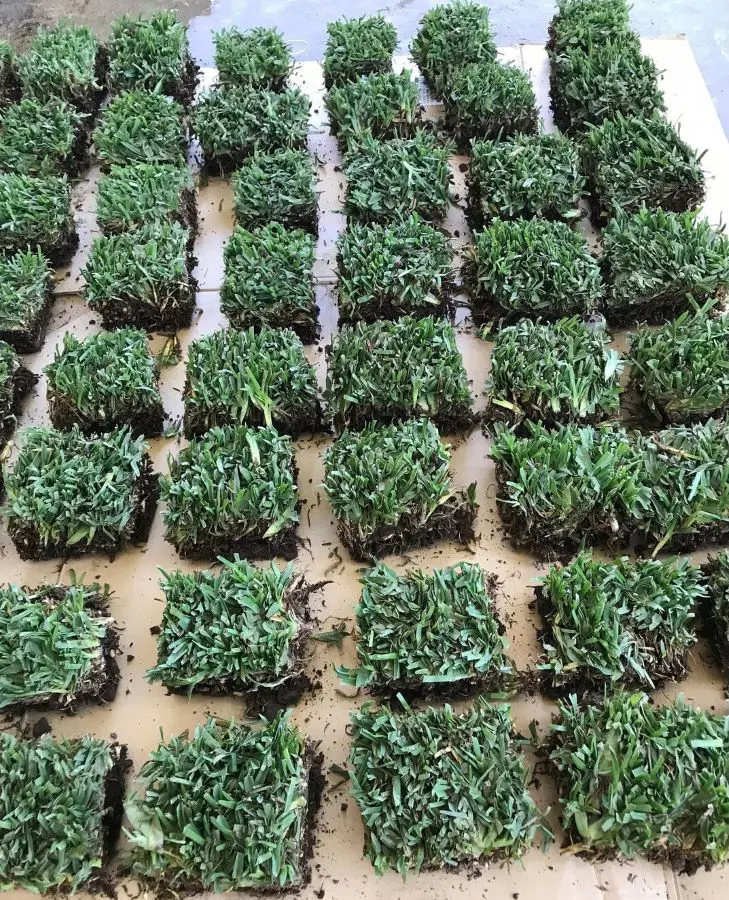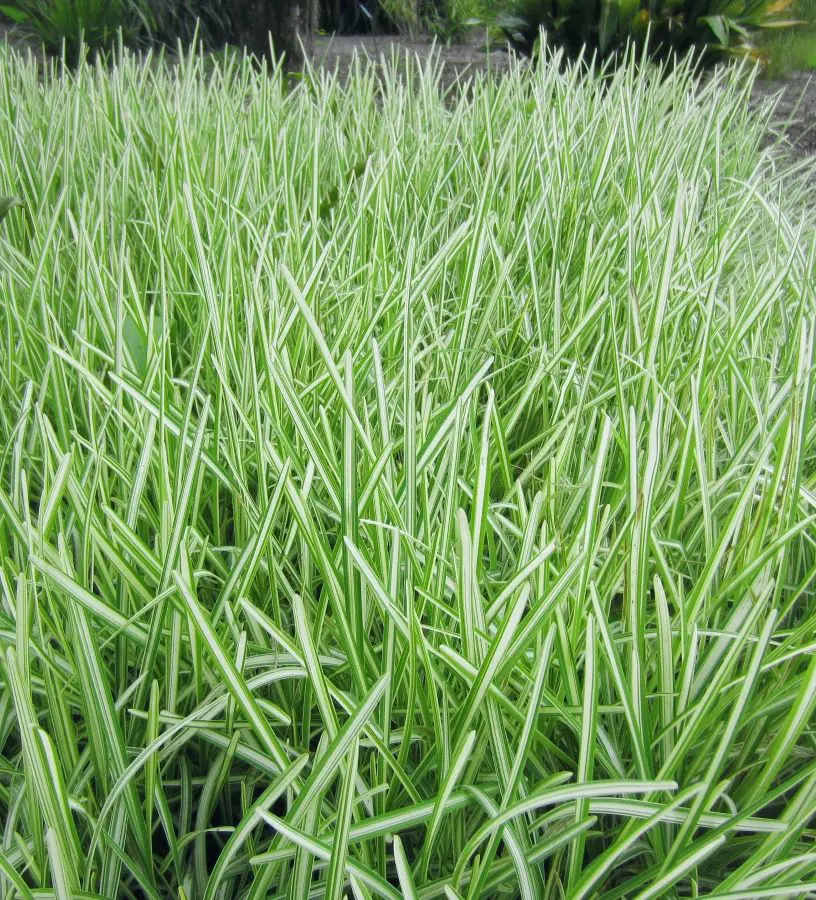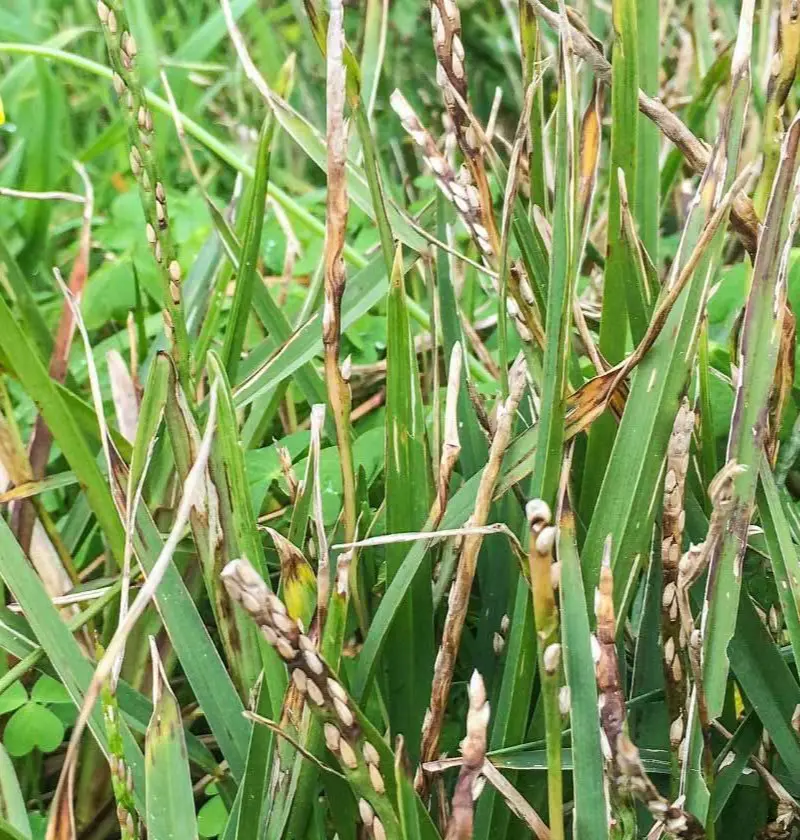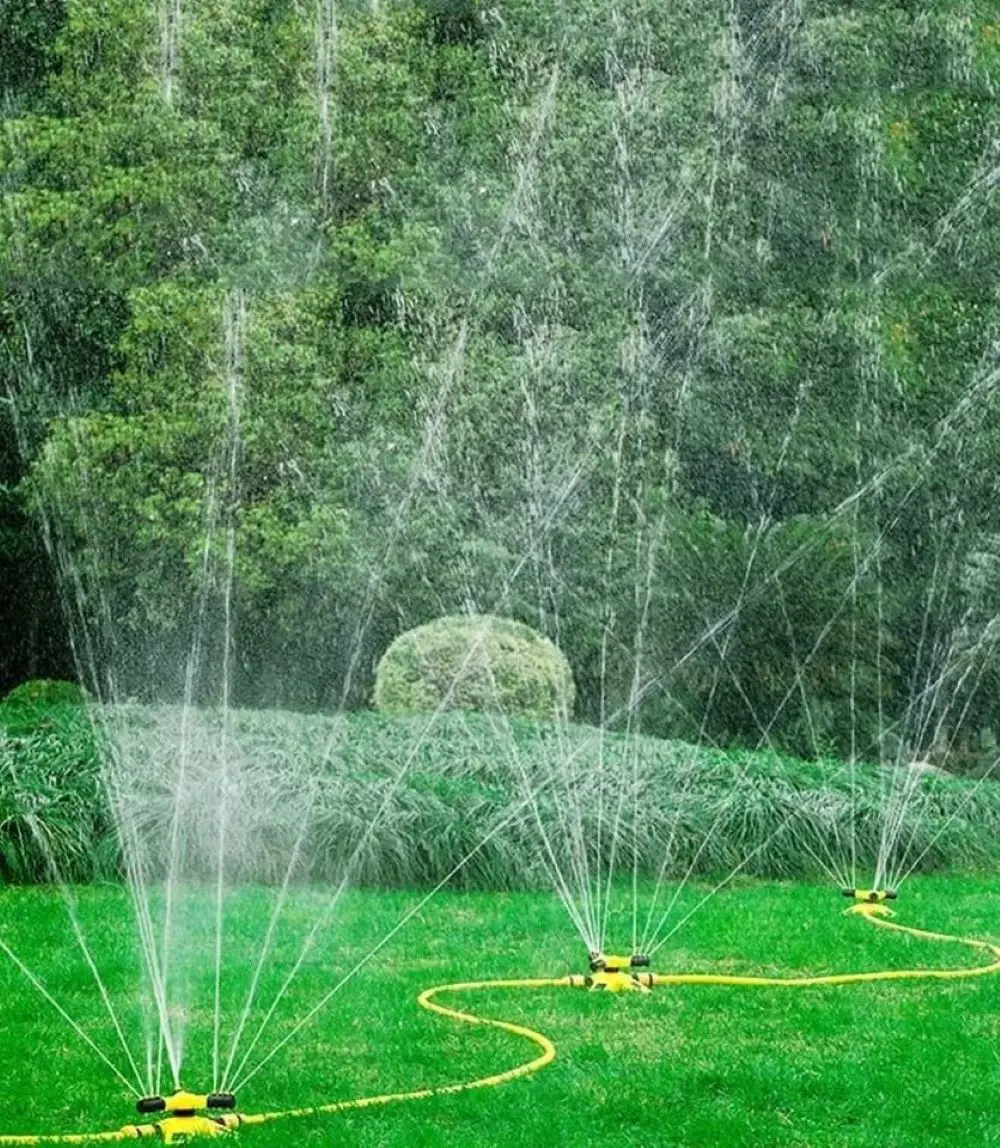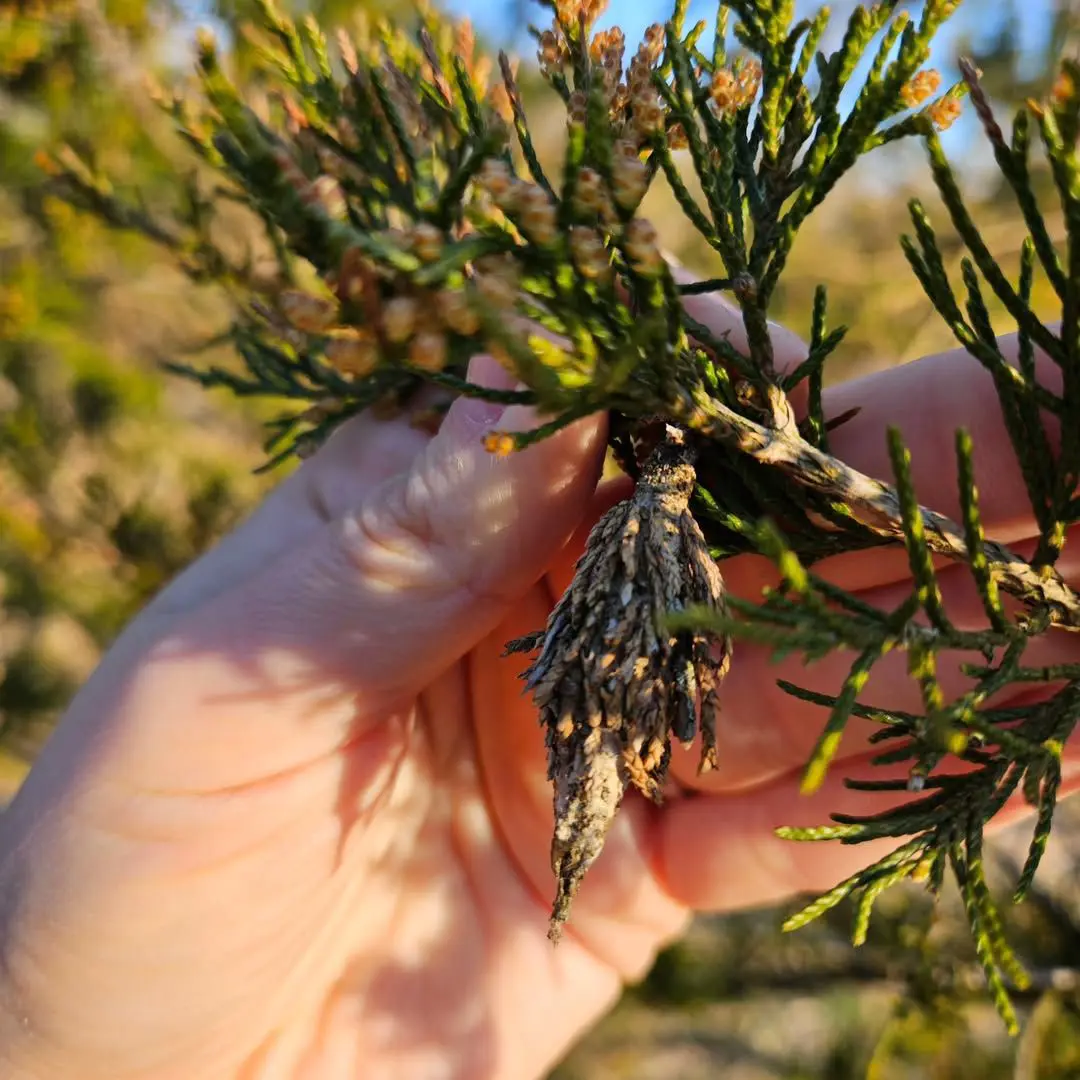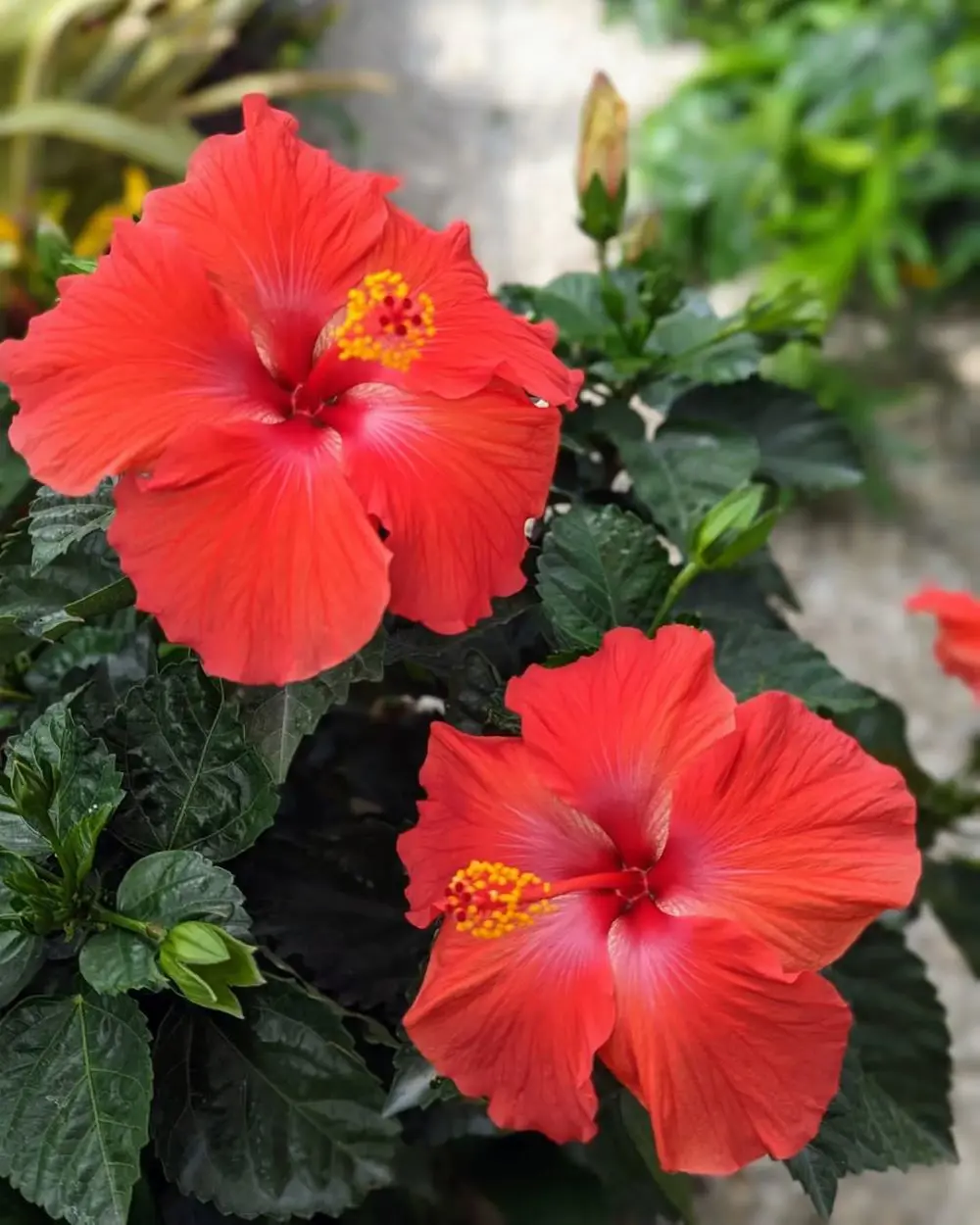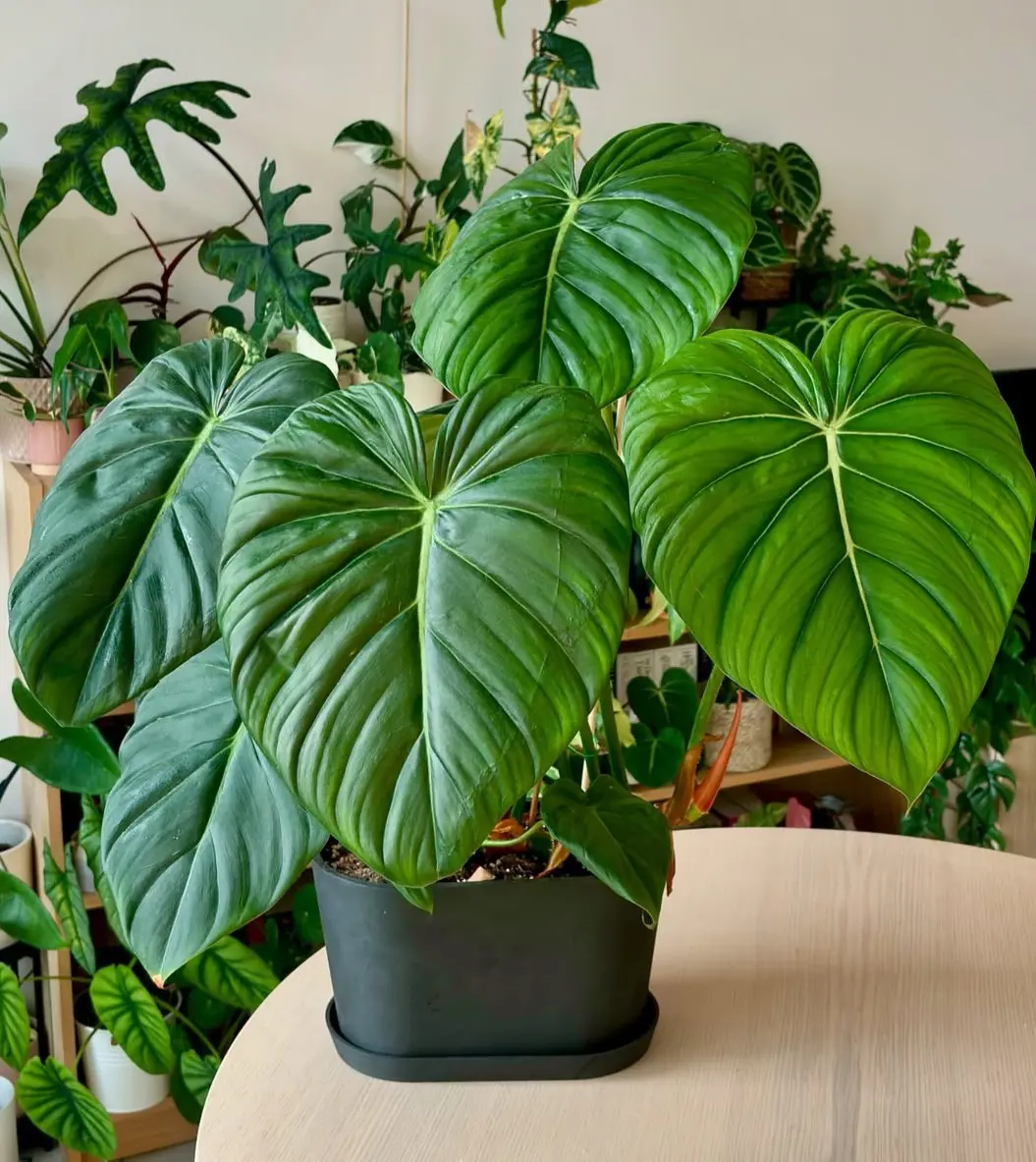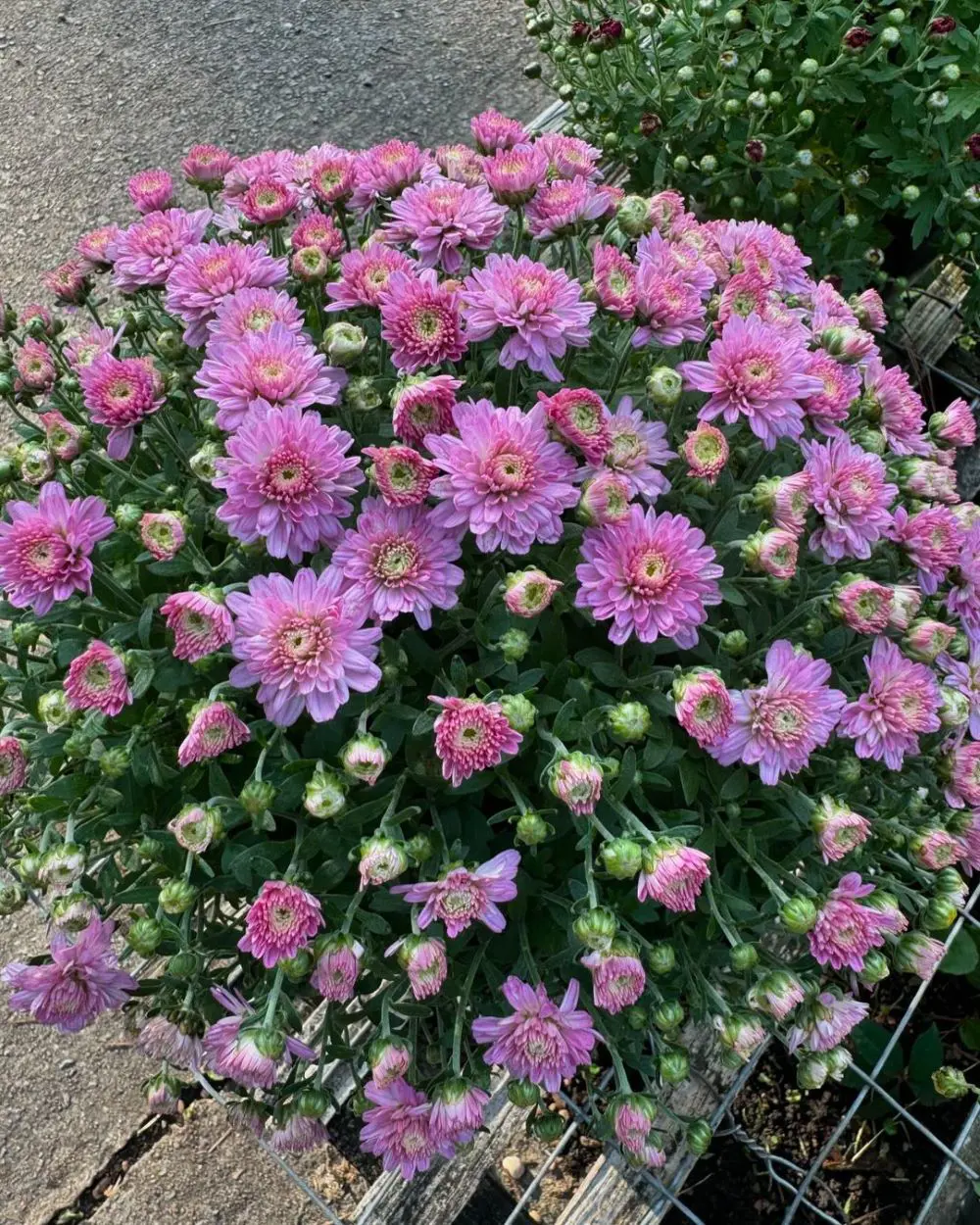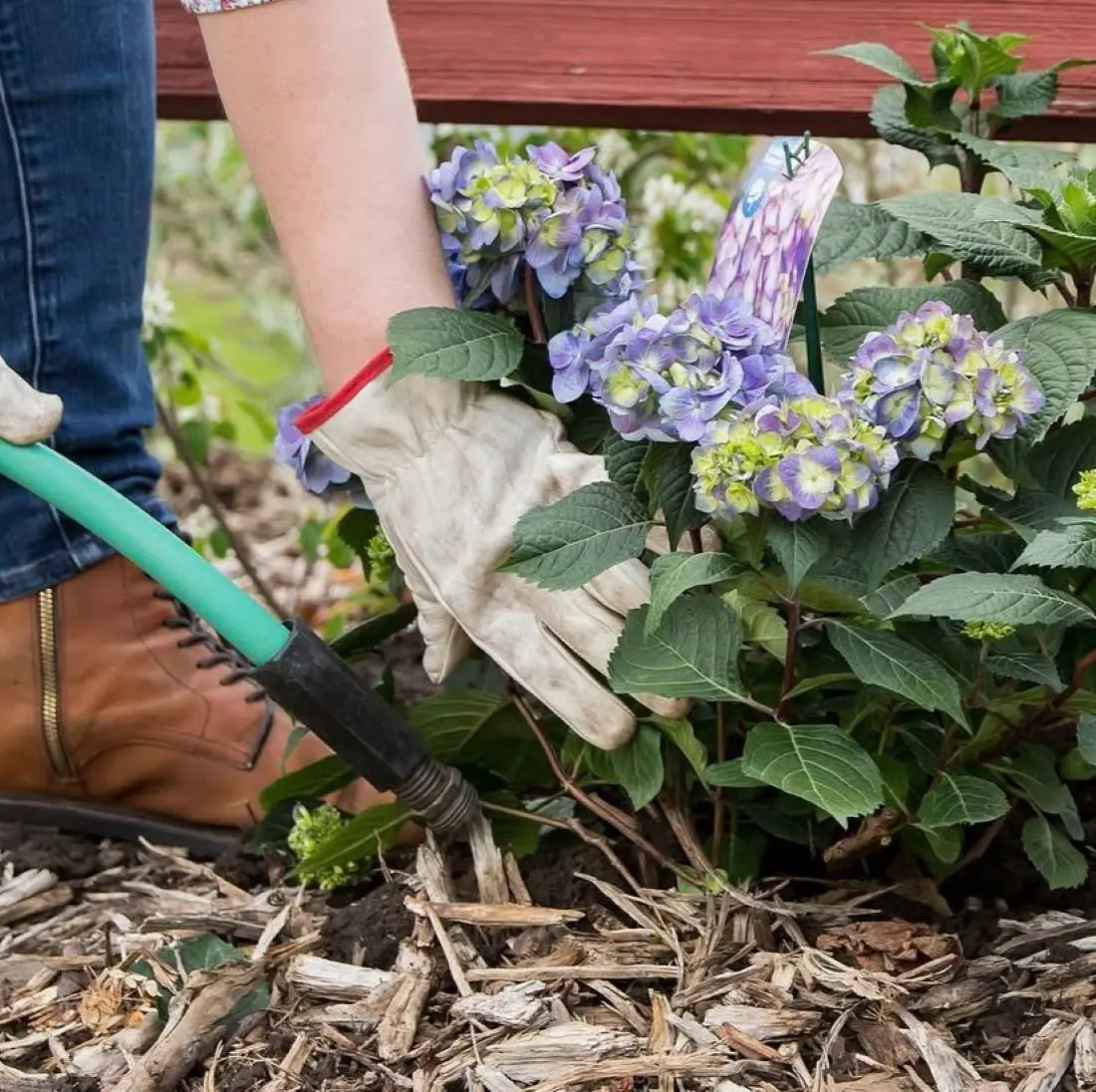St. Augustine grass is not particularly difficult to care for, but it does require some level of consistent maintenance to thrive. While it tolerates varying conditions, proper care ensures optimal growth and health. Here are some care requirements for growing them:
Light
While St. Augustine grass can tolerate partial shade, it thrives best in full sunlight, receiving at least 6 to 8 hours of direct sunlight per day. Adequate sunlight promotes photosynthesis, which is essential for the grass to produce energy and grow vigorously. In shady areas, the grass may become thinner and more susceptible to disease and pest issues.
Soil
St. Augustine grass prefers well-draining soil with a pH level between 5.0 and 8.0. It can tolerate a variety of soil types, including sandy, loamy, and clay soils, as long as they are well-drained.
Adding organic matter like compost or peat moss to the soil can improve its fertility and drainage, promoting healthier growth.
Watering
Keep the soil consistently moist, especially during periods of hot weather. Water deeply and infrequently to encourage deep root growth and avoid shallow rooting. Aim to provide about 1 inch of water per week, either through rainfall or irrigation.
Temperature
St. Augustine grass is a warm-season grass that thrives in temperatures between 80 to 90 degrees Fahrenheit. It can tolerate high temperatures well but may struggle in extremely cold conditions.
Planting St. Augustine grass in the spring or summer when temperatures are warmer allows for optimal establishment before the onset of winter frost.
Humidity
These types of grass are well-suited to humid climates and thrive in areas with moderate to high humidity levels. Adequate humidity helps the grass retain moisture and reduces water stress during periods of heat or drought.
However, excessive humidity combined with poor air circulation can increase the risk of fungal diseases, so proper lawn maintenance practices are essential to prevent issues.
Fertilization
The best time to fertilize St. Augustine grass is in late spring or early summer, usually around May or early June. It's suggested to use ½ to 1 pound of actual nitrogen per 1,000 square feet, adjusting depending on your soil type.
Mowing
Regular mowing is essential to keep St. Augustine grass healthy and visually appealing. Set your mower blade to a height of 2.5 to 4 inches and mow frequently enough to remove no more than one-third of the grass height at a time.
Weed Control
The grass has good natural weed-suppressing abilities, but occasional weed infestations may still occur. Use pre-emergent herbicides in early spring to prevent weed seeds from germinating, and spot-treat any existing weeds with post-emergent herbicides labeled safe for use on St. Augustine grass.
Aeration and Dethatching
Periodically aerate your lawn to alleviate soil compaction and improve air and water penetration to the roots. Additionally, dethatch the lawn as needed to remove excessive thatch buildup, which can hinder nutrient uptake and water infiltration.
